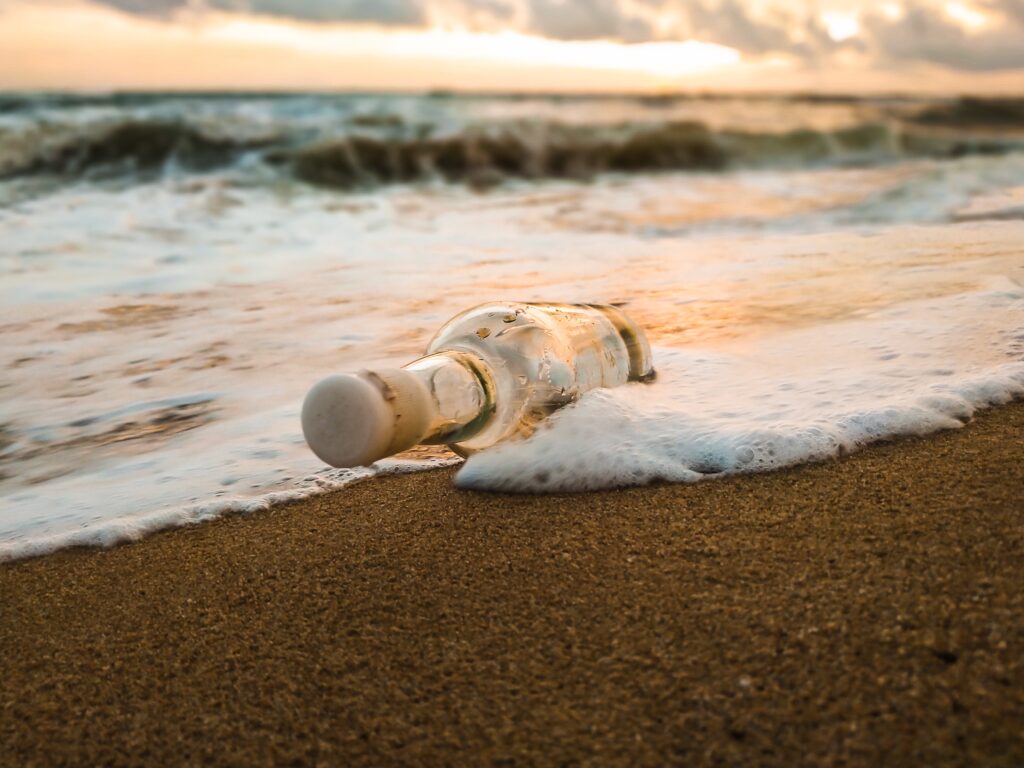Defining water pollution as that of the contamination of a body of water is simple. When industrial & agricultural effluents contaminate waterways like rivers, lakes, oceans, groundwater, and aquifers, pollution occurs.
For every lifeform that relies on water, polluted water has an adverse effect. The long-term effects of contaminated water could be felt for decades.
Sources Of Pollution In Water
Water Pollution Is Primarily Caused By The Following Factors:
- Urbanization
- Industrial Effluents
- Deforestation
- Use Of Detergents And Fertilizers
- Social And Religious Practices
- Agricultural Run-Offs- Use Of Insecticides And Pesticides
Pollution Of Water Resources: A Contemporary Epidemic
There are many factors that contribute to water pollution, but toxic chemical contamination is one of the most common. Water bodies are polluted by the dumping of waste such as plastic bottles, cans, and water bottles, as demonstrated above. All of this leads to water pollution, which has negative consequences for the entire ecosystem, not just humans. Humans are eventually exposed to these pollutants’ toxins, which travel up the food chain then in our bodies. In the vast majority of cases, the damage is limited to the local population & species, and it can have a global impact as well.
A staggering amount of trash is dumped into the oceans each year. Diverse kinds of waste are dumped into waterways, including industrial effluents and raw sewage. From radioactive waste to oil spills, these hazards can make large areas uninhabitable. Visit Here to know about Air Pollution.
Pollution Of The Water Supply’s Effects
The impact of water pollution is determined by the type and concentration of pollutants. The place of water bodies is really an important consideration when estimating pollution levels.
Polluted water bodies can be located in the area of cities. Toxic chemicals and garbage from industrial & commercial establishments are to blame.
Aquatic life is severely harmed by pollution in the water. It has an adverse effect on their metabolism and behaviour, ultimately leading to illness and death. Chemicals like dioxin cause a wide range of adverse health effects, including problems with reproduction, uncontrolled cell growth, and even cancer. Bioaccumulation occurs in fish, poultry, and beef. Before trying to enter the human body, chemicals including this travel through the food chain.
Water pollution has the potential to have a profound effect on food chain. It messes with the food supply chain. Toxic substances like cadmium and lead can continue to wreak havoc in the food chain once they enter the food chain thru the animals (fish when eaten by animals, humans).
A polluted environment can cause disease, such as hepatitis, to spread through faecal matter throughout water supplies. Cholera, typhus, and other infectious diseases are always a threat when drinking water is unclean and unsafe.
It’s possible that water pollution will have a significant impact on the ecosystem.

Containment Strategies For Polluted Water
Controlling water pollution can be achieved through various of methods. Instead of dumping sewage waste into waterways, it is preferable to treat them first. Toxins in the water can be degraded & made harmless by water itself if this is practised. Water that has undergone secondary treatment can be re-used in sanitary systems & farming fields.
Toxic chemicals like cadmium and others can be absorbed by the Water Hyacinth, a unique plant. In areas prone to such pollutants, putting in these plants will greatly reduce the negative effects.
Water pollution can be controlled using chemical methods such as precipitation, this same ion exchange method, reverse osmosis, or coagulation. In order to combat the impacts of water pollution, individuals should try to reuse, reduce, and recycle whenever possible.












